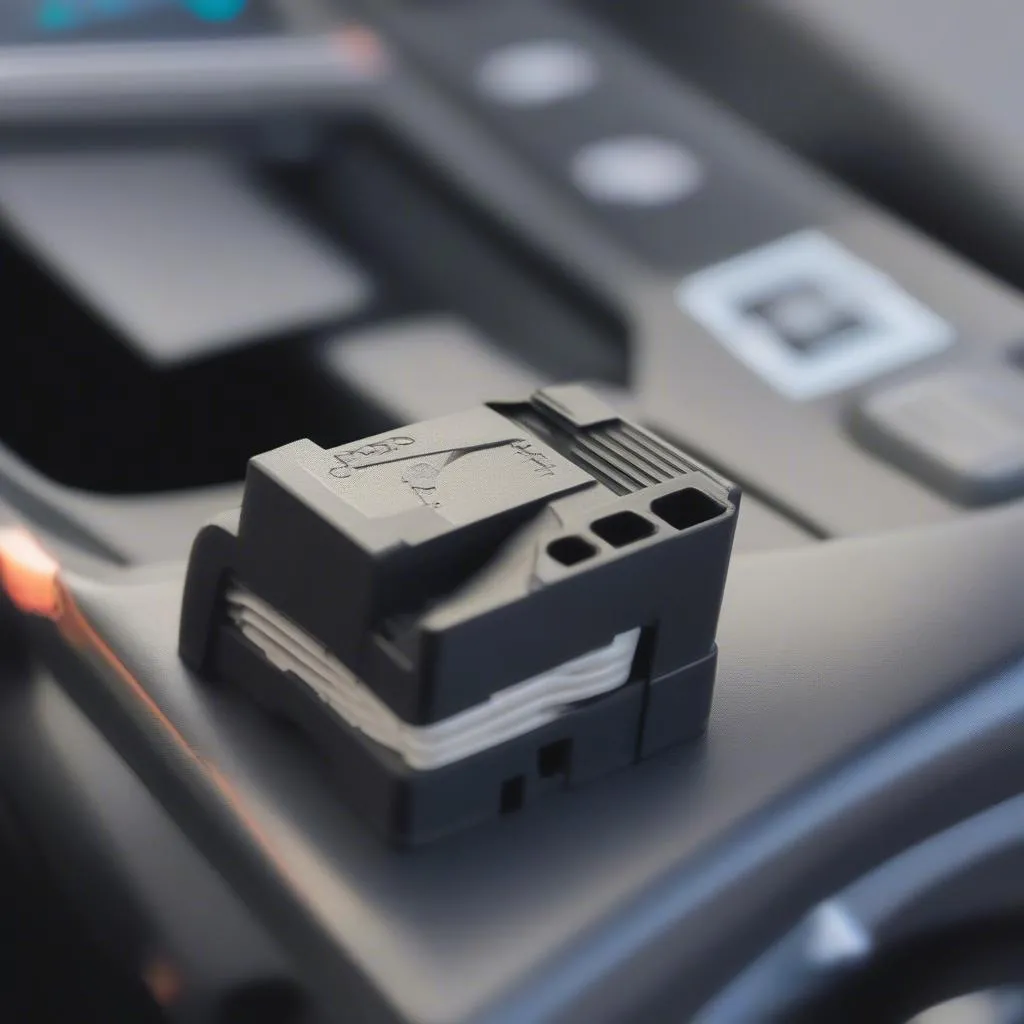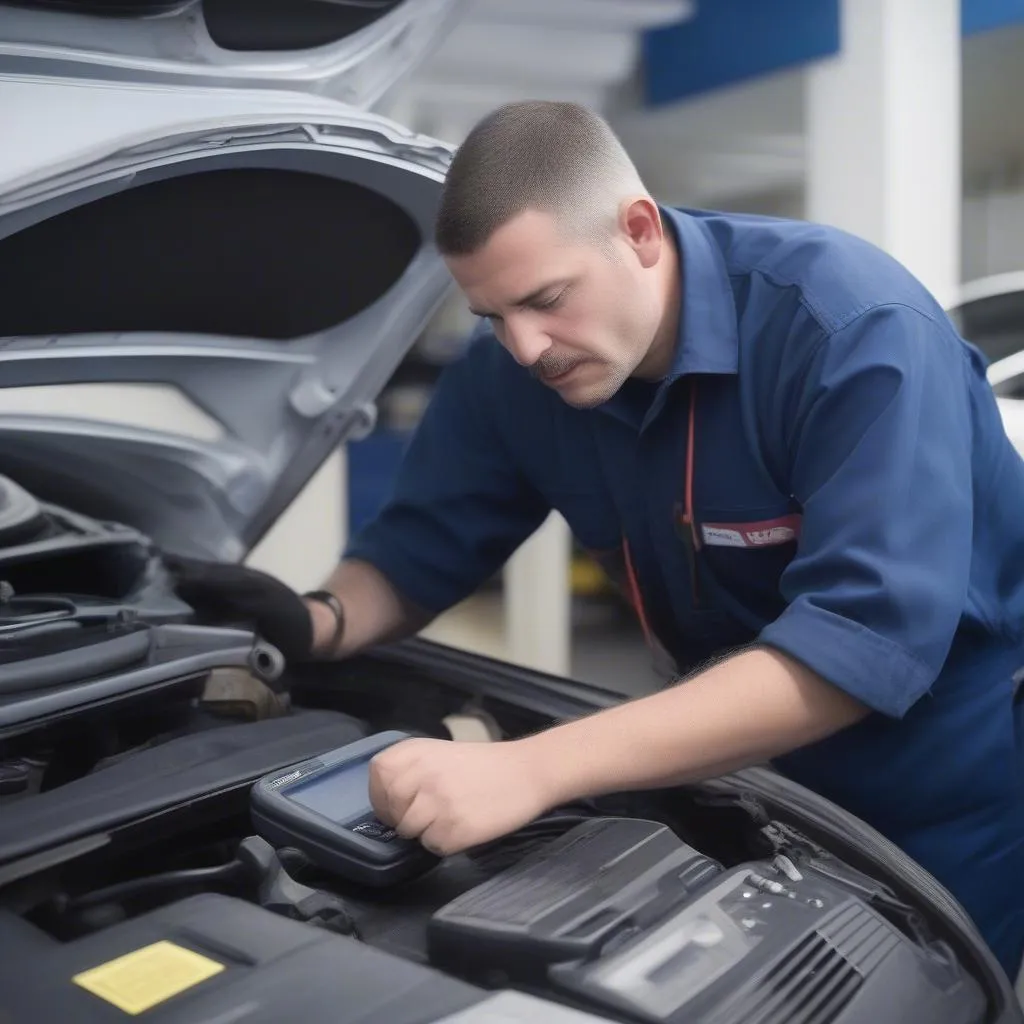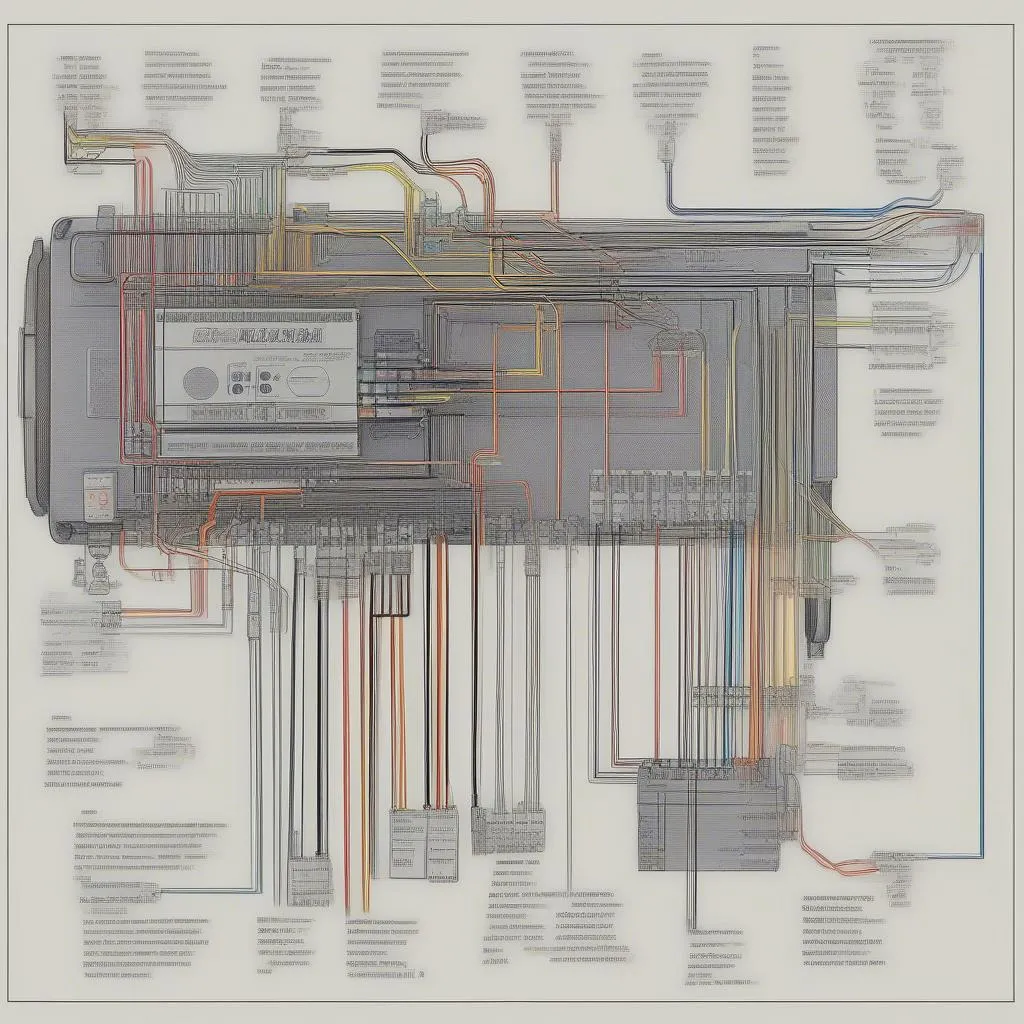Have you ever wondered how your car’s computer communicates with diagnostic tools? It’s all thanks to the CAN bus, a network that allows different modules in your car to “talk” to each other. But where is this magical bus located?
This is a question that many car owners and mechanics alike have pondered. You’re not alone! Today, we’ll dive into the world of automotive electronics and uncover the mystery of the CAN bus location for OBD communication.
Understanding the Importance of the CAN Bus Location for OBD Communication
The CAN bus is a critical component of modern vehicles, responsible for transmitting data between various electronic control units (ECUs). These ECUs manage everything from your engine to your air conditioning system, and the CAN bus acts as the communication highway.
From a mechanic’s perspective, knowing the location of the CAN bus is essential for diagnosing and repairing automotive problems. By accessing the bus, technicians can use diagnostic tools to read fault codes, monitor sensor readings, and even reprogram ECUs.
From an automotive engineering standpoint, the location of the CAN bus plays a crucial role in ensuring efficient and reliable communication between ECUs. The placement must consider factors like proximity to relevant modules, shielding from electromagnetic interference, and ease of access for troubleshooting.
Where to Find the CAN Bus for OBD Communication
The exact location of the CAN bus can vary depending on the make, model, and year of your vehicle. However, there are some general guidelines to help you find it:
1. The OBD-II Connector
The most common location to access the CAN bus is through the OBD-II connector, which is typically found under the dashboard, usually near the driver’s side. This connector provides a standardized interface for diagnostic tools and is readily accessible.
2. ECU Locations
The CAN bus is also frequently routed near ECUs, such as the engine control unit (ECU) and the body control module (BCM). You might find the CAN bus wires connecting to these ECUs or running in close proximity.
3. Wiring Diagrams
Your best bet is to consult your vehicle’s wiring diagrams. These diagrams provide detailed information about the location and routing of the CAN bus, along with other electrical components. You can find wiring diagrams in your owner’s manual, online repair manuals, or from your local car dealership.
The Role of Dealer Scanners
For European vehicles, specialized dealer scanners are often required to access the CAN bus and perform diagnostics. These scanners are designed to work with the specific protocols and communication methods used by European car manufacturers.
Example: Using a Dealer Scanner for a BMW
Let’s say you’re working on a BMW 3 Series. To diagnose a problem with the engine management system, you’ll need a dealer scanner that is compatible with BMW’s CAN bus system. The scanner would be connected to the OBD-II port, and the software would allow you to read fault codes, analyze sensor data, and perform other diagnostic functions.
What Can I Do With the CAN Bus?
Now that you know where the CAN bus is located, what can you actually do with it?
1. Diagnosing Issues
The primary use of the CAN bus for OBD communication is diagnosing problems with your vehicle. By using a diagnostic tool, you can read fault codes, monitor sensor readings, and perform other troubleshooting steps.
2. Programming ECUs
The CAN bus can also be used to program ECUs, which involves updating the software and configuration settings. This can be done to fix issues, update features, or even modify performance characteristics.
3. Tuning and Modification
For enthusiasts, the CAN bus allows access to more advanced tuning options. This can involve modifying engine parameters, calibrating sensors, or even unlocking hidden features. However, these procedures should only be attempted by experienced professionals.
Frequently Asked Questions
Q: Can I access the CAN bus without a diagnostic tool?
A: While it is possible to access the CAN bus using specialized hardware and software, it is generally not recommended for amateur mechanics. Modifying the CAN bus can have unintended consequences and may void your vehicle’s warranty.
Q: Is the CAN bus always located in the same place?
A: No, the exact location can vary depending on the make, model, and year of your vehicle.
Q: What if I can’t find the CAN bus in my vehicle?
A: If you are struggling to locate the CAN bus, consult your vehicle’s wiring diagrams or contact a qualified mechanic for assistance.
Q: Can I use a generic OBD-II scanner to access the CAN bus in a European vehicle?
A: While some generic scanners may work, it is often recommended to use a dealer scanner that is specifically designed for European vehicles.
Looking for more information?
For more information on CAN bus technology, you can refer to online resources such as Wikipedia or automotive repair manuals.
Need Expert Help?
If you have any questions or need assistance with diagnosing or repairing your vehicle’s electrical system, don’t hesitate to contact us. We have a team of experienced automotive technicians available 24/7 to help you.
Contact Us:
Whatsapp: +84767531508
 OBD connector
OBD connector
 Diagnostic Tool
Diagnostic Tool
 Automotive Wiring Diagram
Automotive Wiring Diagram